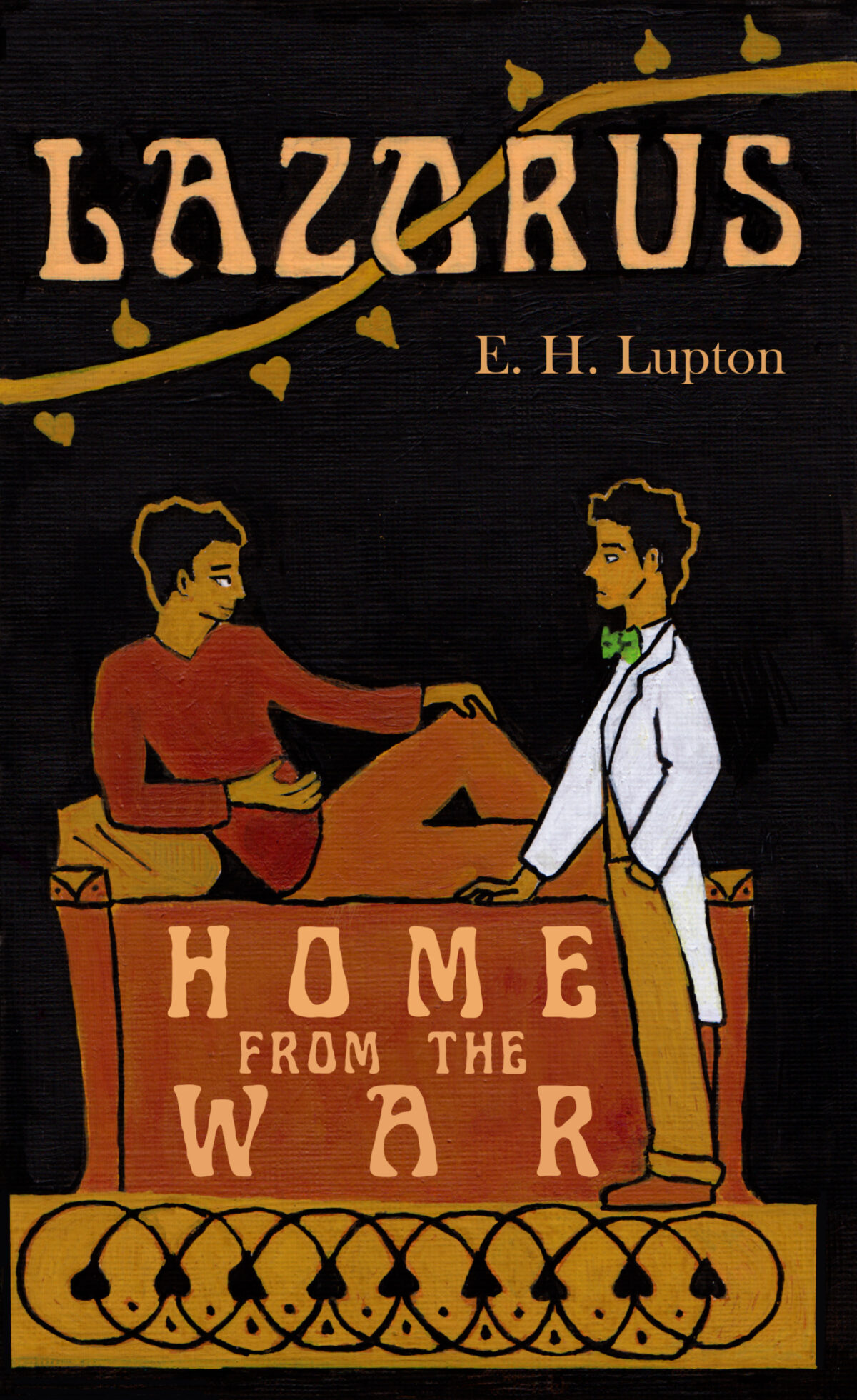So first off, today is the day that Lazarus, Home from the War comes out! I’m very excited. You can find the book on all the main sites here, on itch.io here, or on my website here. It’s on Goodreads here. For those looking to order the paperback through your local stores, that should be available to order now or very shortly using the ISBN, which is 979-8988394433.
Second off, today is Hmong-Lao Veterans Day in Wisconsin. I just found this out yesterday! The Hmong were deeply involved in the Vietnam War and came here as refugees afterward, so I wanted to commemorate this, given the topic of the book.
Now, for those with longer attention spans or nothing better to do, a little essay.
LHftW is a very personal book in a lot of ways. I lived in Vietnam for a year and I have a master’s degree in Southeast Asian studies, so I have a weird and probably outsized attachment to the whole region. But my connection to VN goes farther back than an impulsive decision I made in college.
(What, you didn’t decide on impulse to move to Ho Chi Minh City?)
When I was in college as an undergrad, I lived for several years at the corner of Bassett Street and Dayton, a block from the Mifflin Street Co-op. Mifflin Street was the originating location, in 1969, of the Mifflin Street Block Party, a political protest cum bacchanal that was where former three-time Madison mayor Paul Soglin got beaten by the cops and arrested. Or a place. These things as facts are all very well and good—and living in the area, I was relatively aware of them—but why choose Mifflin Street for the party?
Basically, this area was the heart of the hippie student neighborhood during the 60s/70s, and thus the heart of the antiwar movement in Madison. At some point, and I can’t quite work out the timing (except that it was before 1975), Bassett was nicknamed Ho Chi Minh Trail. I have no idea if this was a self-given title, or a bit of anti-anti war-movement vitriol; nevertheless, the locals embraced it, and put up a street sign.
Before I knew this was a real, actual street sign, my editor and I discussed whether the nickname was a dog whistle, and I removed a reference to it from the final version of Dionysus in Wisconsin because it was too difficult to explain all of this in passing. But I’ve since had it confirmed, not just by the photographs, but by long-time Madisonians as well.
In June 1975, following the fall of Saigon, the city council rejected an attempt to rename the street permanently “in a spirit of reconciliation,” and the sign came down.
(Click here to view a photo of the street sign and a newspaper article on Facebook.)
I still find the whole thing fascinating. But it’s also emblematic of how the US’s relationship with Vietnam has for many years been mediated by the war. I went to HCMC more than a decade after Clinton normalized relations with the country, and it was still such a part of the collective memory in the US that this fact—”Bassett used to be called Ho Chi Minh Trail”—was the main thing I heard from my peers when I announced I was going. (Maybe that says something about who I was hanging out with, too.)
Interestingly, learning about the war for the first time mostly from the Vietnamese side of things, where it’s often referred to as the Resistance War Against America, gave me a view that I now often see echoed in online discourse about it–that it was really a war fought between the United States and Vietnam. This was not, on the whole, a common view at the time–if anything, it was perceived to be not a war between South and North Vietnam that was not the US’s war to fight. It was also not the view of the South Vietnamese who came to the US as refugees. It’s interesting how the rhetoric has shifted.
That said, Vietnam is an amazing country. And so is Thailand, my other love, where Laz has also spent time. A few years later, after I’d been back in Madison for a while, I went back to school for library science and wound up also getting an MA from what was then called the Department of Languages and Cultures of Asia, wherein I mostly studied Thai.
So because of my own, uh, checkered past, Laz spent some time hanging around at Than Son Nhut (a base on the edge of Saigon, actually not far from where I used to live) flying Jolly Green Giants (search and rescue helicopters) before getting sent to a base in Northern Thailand, where he flew other things (the RF-4C Phantom, mostly) and also did some light espionage hung out with a monk he met.
And then he comes home, which is really where the novel begins. I can’t say anymore, because of spoilers. But I hope you’ll enjoy reading it as much as I enjoyed writing it.
I’ll catch you at the beginning of June with my normal newsletter!


